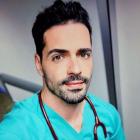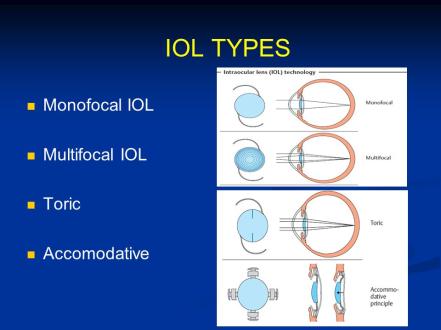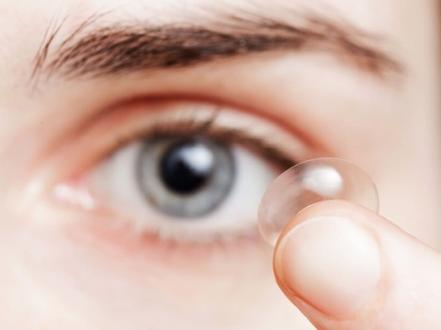Low visual acuity is often associated with refractive errors, conditions that affect the optical system of the eye. These errors include myopia, farsightedness, and astigmatism, where the eye's lenses (cornea and lens) do not provide perfect optical power matching the eye's actual size.
What causes low visual acuity?
Refractive errors can lead to impaired vision. Myopia results from an eye larger than normal, while hyperopia occurs when the eye is smaller. Astigmatism, on the other hand, is characterized by an imperfectly shaped cornea.
Non-Surgical Solutions
To address these issues, non-surgical vision correctors such as glasses and contact lenses are commonly employed.
Surgical Options for Vision Correction
If individuals prefer alternatives to glasses or contacts, two types of operations can be considered. Laser correction of vision involves using a special laser to adjust the cornea's parameters, optimizing the eye's optics. However, there are limitations to laser vision correction.
In cases where laser correction is not feasible, surgeons may replace the natural lens with an intraocular lens (IOL), providing a surgical solution for refractive errors.
Limitations and challenges in vision correction
While refractive errors are common, there are conditions where improving the optical system may not restore visual acuity to 20/20. Organic eye problems, affecting the retina or optic nerve, pose significant challenges to vision correction.
Human vision extends beyond the eyes; it involves the brain's visual cortex, where information is processed. Challenges arise when the visual cortex faces imperfect development or organic problems.
Amblyopia, often diagnosed in childhood, results from an optically imperfect eye. Treatment is effective in childhood but challenging in adults, with traditional belief suggesting no cure. However, recent advancements challenge this notion.
Innovations in Vision Improvement
Understanding neuroplasticity—the brain's ability to form new neural connections—is crucial. Innovative approaches, such as Gabor patches, aim to trigger the formation of new connections in the visual cortex.
RevitalVision: a breakthrough technology
RevitalVision, an FDA-approved technology, offers a unique solution. A three-month program of daily exercises can lead to a significant improvement in vision, challenging the traditional belief that amblyopia is incurable in adults.
Beyond amblyopia, RevitalVision shows promise in improving vision in conditions like retinal degeneration and nystagmus.
The Possibility of Vision Improvement at Any Age
Contrary to the belief that amblyopia is incurable in adults, RevitalVision challenges this notion. This breakthrough technology opens new possibilities for vision improvement at any age.






